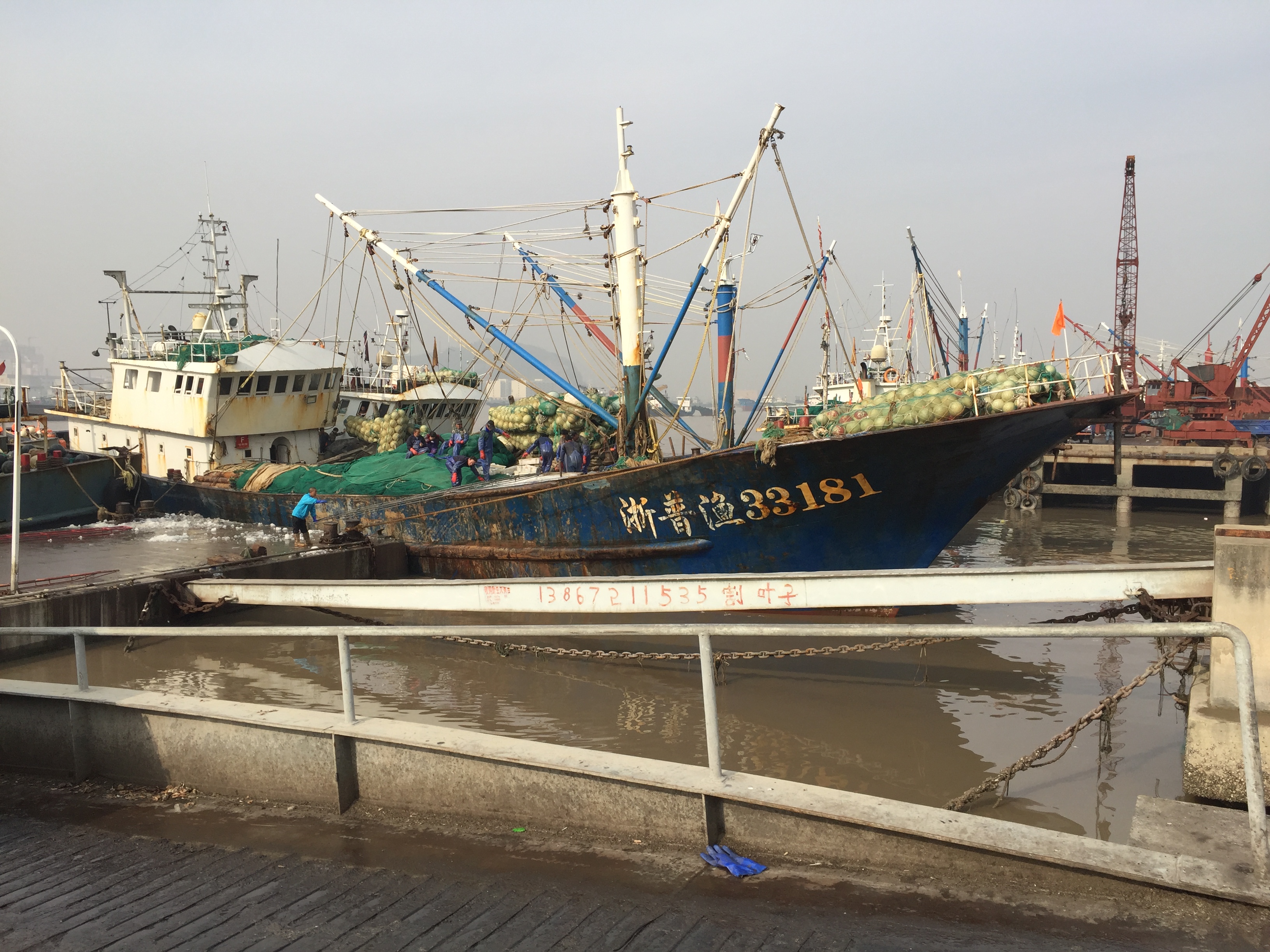About
Between its capture fisheries and aquaculture production, China is the world’s largest producer of seafood. Given the extraordinary scale at which these two industries operate, instituting effective fisheries reform could have the effect of generating tremendous economic and ecological benefits for coastal China.
We worked alongside Chinese researchers to help solve complex, interdisciplinary resource management problems and build a lasting foundation for advances in Chinese fisheries science. We aided in the development of crucial tools and strategies for Chinese scientists to evaluate their fisheries, forecast the impacts of fisheries reform in China, build local capacity to ensure that Chinese fisheries will be sustainably managed long-term, and build upon the existing body of knowledge on Chinese fisheries for the benefit of the global fisheries research community.
